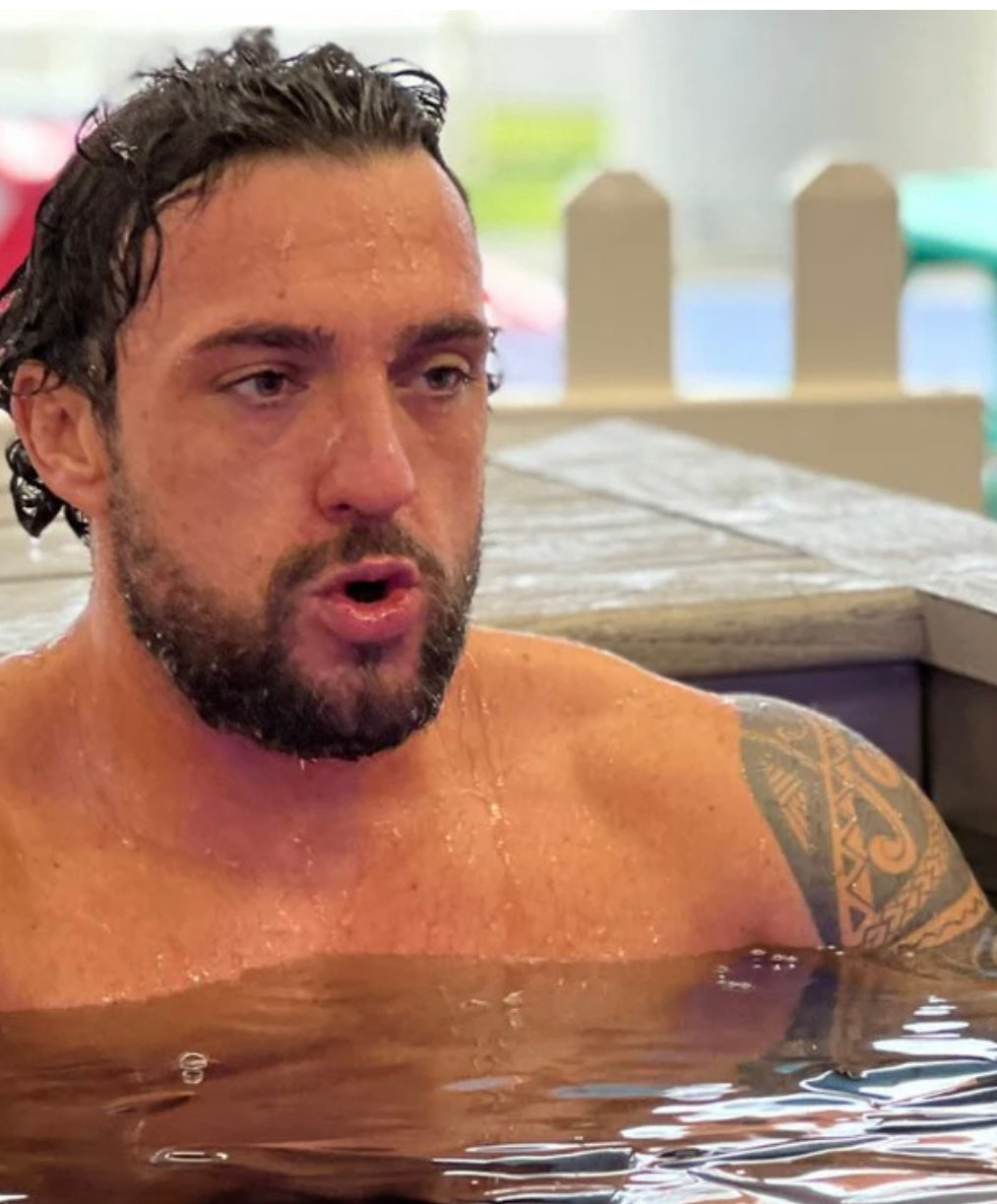Thinking of swapping your cuppa for an ice bath? Before you dive headfirst into a Cold Plunge Tub, here’s the scoop: Yes, cold plunges can help lower blood pressure—but timing and technique matter. From vascular perks to calming nerves, read on to see if an Ice Bath Tub suits your heart.

The Impact of Cold Plunging on Blood Pressure: Short-Term Spikes vs. Long-Term Adaptation
Understanding the Immediate Physiological Response
The "Cold Shock" Phenomenon: Vasoconstriction and Blood Pressure Spikes
When you enter a cold plunge, your blood vessels constrict almost instantly.
This is the body's way of conserving heat and protecting internal organs.
As a result, your blood pressure shoots up temporarily.
It’s a natural, automatic response called the cold shock response.
Though short-lived, the spike may feel dramatic for some.
Heart Rate Changes and Increased Cardiac Workload
Cold immersion also affects the heart.
It beats faster to circulate blood efficiently in the cold.
This increases cardiac output and pressure.
It's not dangerous for most healthy individuals,
but it can feel intense during early sessions.
Exploring Potential Long-Term Adaptations and Benefits
The Role of Vasodilation and Improved Vascular Health
After you leave the cold, your blood vessels dilate again.
This rebound effect improves circulation and eases pressure.
Over time, regular cold exposure may increase vascular flexibility.
This supports long-term cardiovascular health.
Some evidence links it to better blood pressure regulation.
Reducing Inflammation and its Cardiovascular Implications
Cold exposure has anti-inflammatory effects on the body.
Lower systemic inflammation can ease strain on blood vessels.
This may help reduce blood pressure over time.
Less inflammation also means less arterial stiffness.
Together, these changes support a healthier cardiovascular system.
Acclimatisation and Habituation to Cold Exposure
With repeated plunges, the body learns to cope better.
Heart rate and blood pressure responses become less dramatic.
This is called habituation or cold adaptation.
It may lead to more balanced blood pressure in the long run.
It also makes the practice feel easier and less stressful.
Beyond Blood Pressure: Other Health Benefits of Cold Plunging

Mental Well-being and Mood Enhancement
Dopamine Release and Stress Reduction
Cold exposure triggers the release of dopamine, a feel-good chemical.
This can enhance mood and reduce stress.
Many users report feeling energised and clearer mentally.
These effects may indirectly support blood pressure by lowering stress levels.
It’s a natural mood lifter that’s hard to beat.
Muscle Recovery and Exercise Performance
Alleviating Soreness and Swelling
Athletes often swear by cold plunges for muscle recovery.
They help reduce inflammation and ease soreness after intense workouts.
Improved blood flow post-plunge speeds up recovery.
This can enhance performance over time.
You don’t have to be a pro to enjoy the benefits.
Metabolic Health and Blood Sugar Regulation
Potential Impact on Insulin Sensitivity
Cold water therapy may improve insulin sensitivity.
Better glucose control supports overall metabolic health.
Since blood sugar and blood pressure are linked,
this benefit may extend to your heart too.
More research is still needed, but early signs are promising.
Safe Cold Plunging Practices and Who Should Exercise Caution
Step-by-Step Guide to Safe Cold Immersion
Starting Gradually with Cold Showers
Jumping straight into an ice bath isn’t wise.
Begin with cold showers to build tolerance.
Lower the temperature gradually over time.
Even 30 seconds can be beneficial at first.
Consistency is more important than extremes.
Determining Optimal Water Temperature and Duration
Ideal temperatures range from 10–15 °C.
Start with 1–3 minutes and build up slowly.
Avoid long exposures during early stages.
Monitor how your body feels during and after.
It’s not a competition—listen to your body.
Importance of Proper Breathing Techniques
Shallow, fast breathing can increase stress and raise heart rate.
Focus on slow, deep breaths to calm the system.
This activates the parasympathetic nervous system.
It also helps you stay relaxed and steady in the plunge.
Breathing well is key to making it through.
Safe Warm-Up Strategies Post-Plunge
Don’t go from cold to hot too quickly.
Warm up gently with clothes, blankets, or light movement.
A warm drink can also help restore comfort.
Avoid very hot showers or saunas right after.
Your body needs a gentle return to baseline.
Critical Safety Considerations and Contraindications
Pre-existing Heart Conditions and Hypertension Risks
If you have any cardiovascular condition, consult your GP first.
Cold plunging increases cardiac demand, especially in the beginning.
Those with unstable blood pressure or arrhythmias should avoid it.
Medical clearance is essential before starting.
Better safe than sorry.
Other Medical Conditions (Diabetes, Poor Circulation, etc.)
People with diabetes or nerve damage may struggle to sense temperature.
This increases the risk of overexposure or frostbite.
If you have poor circulation or cold sensitivity, proceed with caution.
It’s best to consult a medical professional first.
Customised advice is always better.
Risks of Hypothermia and Cold-Induced Injuries
Staying in cold water too long can lead to hypothermia.
Frostbite and numbness are also risks.
Use a timer, monitor how you feel, and never plunge alone.
Even experienced users can overdo it.
Respect the cold—it’s powerful.
Conclusion
Cold plunges might just offer a natural path to improved blood pressure.
They trigger helpful vascular and anti-inflammatory responses over time.
But the benefits depend on smart, safe use.
When done correctly, the cold can be your ally.
Takeaways
-
Cold plunges cause short-term spikes, but may reduce blood pressure in the long term.
-
They support vascular health, lower inflammation, and boost metabolic function.
-
Mental clarity, mood, and muscle recovery also improve.
-
Start slowly with cold showers and safe durations.
-
Always consult a professional if you have medical concerns.






